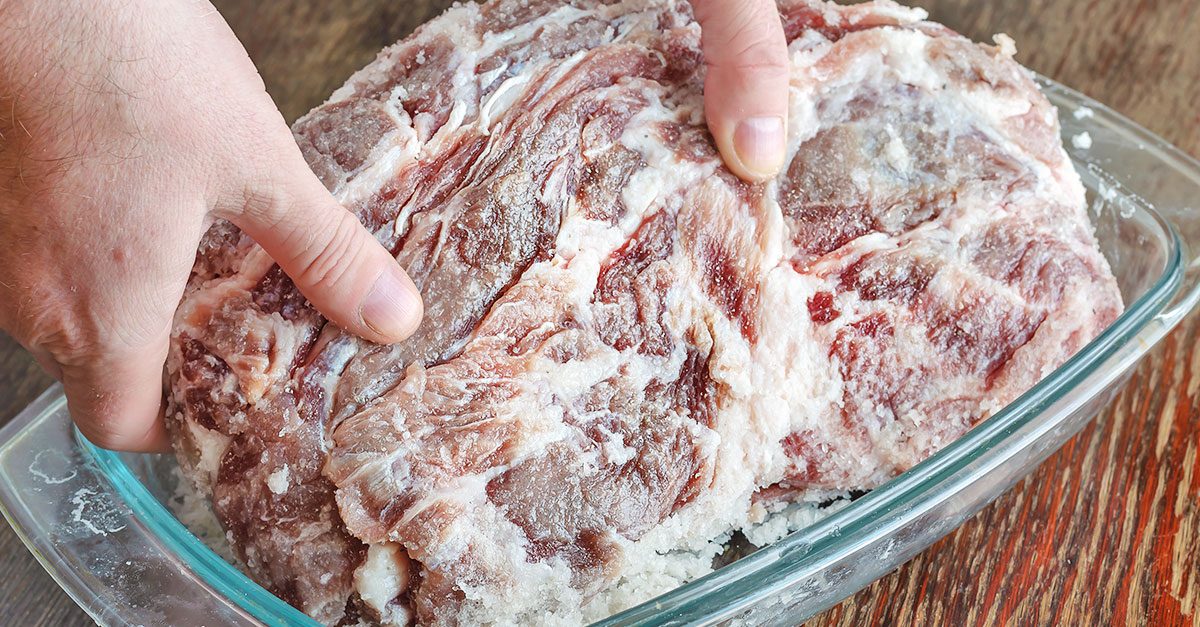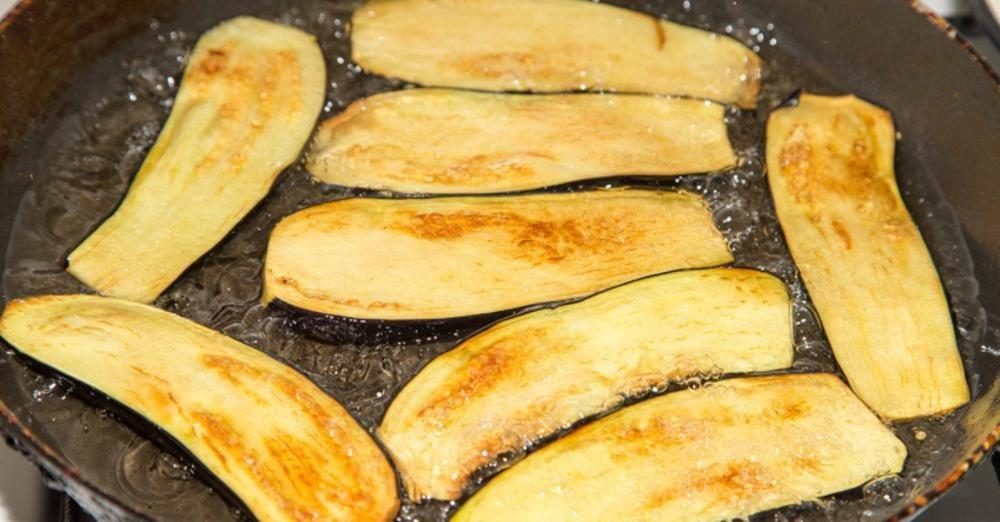7 Common Cooking Mistakes
Sometimes we unknowingly create problems when cooking that can lead to a much-anticipated dish becoming a big disappointment.
;Resize,width=742;)
Sometimes we unknowingly create problems when cooking that can lead to a much-anticipated dish becoming a big disappointment.
Here are seven common cooking errors and how to fix them:
1. Not reading the recipe before cooking

It’s easy to grab the ingredients and start cooking, but you should read your recipe through from start to finish before you gather the ingredients. Most cooking mistakes happen when a detail is overlooked, such as adding cold butter instead of butter at room temperature to a cake batter – this small difference could make your cake end up dry and lumpy.
Next time:
• Read the recipe and look for things that you need to do before cooking (such as chopping herbs) and things you can do while the food is cooking (getting the garnish ready). • Get all your ingredients out and weighed before you start cooking, then you can simply add them without the distraction of looking for them and measuring them when creating the recipe. Make sure you have the correct sized cake tin or roasting pan before you start, or find an equivalent that will work.
2. Overcrowding the pan

If you cover the entire hot surface of a pan with food, it traps the heat and creates steam. This will stop you getting the browning you want, and you’ll end up with a soggy mass.
Next time:
• Cook in small batches. Set the oven going at a low temperature (around 200 F) and put the cooked batch of food in it on an ovenproof plate while you cook the rest. • Use two pans to spread the food more evenly.
3. Not preheating the pan and ending up with soggy food

You need to preheat your pan so that it’s hot enough to seal the juices and brown the food. A cold pan will also make food stick to it, which creates problems when trying to sauté anything.
Next time:
• Heat the pan on a high heat for a few minutes before adding the cooking oil. You can tell if the surface is hot enough by flicking a few drops of water on it – if they skitter and evaporate quickly, the pan is hot enough to add the oil. When it shimmers and ripples, add the meat or fish. For non-stick pans add the oil first before you turn on the heat to prevent toxins being released from the empty hot pan.
4. Cooking pasta in a small pot and ending up with a gummy mess

When you add food to boiling water, it immediately lowers the water temperature. If you add a lot of food to a little water, it will stop boiling. This changes the cooking process and can make your pasta taste starchy.
If you try to blanch beans or basil in water that isn’t hot enough, they can turn brown, says Mike Sheerin, chef de cuisine at Blackbird restaurant in Chicago.
Next time:
Use a lot of water and a bigger pan. For a pound of pasta, use at least a five-quart pot filled with fast boiling water.
5. Sautéing wet greens

Excess water on your greens creates steam in the pan, leaving veggies like spinach mushy and unappetizing. Water on the leaves will also make your hot oil spit and splatter, which is painful if you don’t get out of the way quickly enough!
Next time:
• Use a salad spinner. Spin the greens, pour out the water, toss the greens then spin again. • Wait until the pan is very hot before adding the greens. They only need sautéing for a minute or two.
6. Using dried herbs in place of fresh ones and the food ends up over-seasoned

If a recipe asks for a tablespoon of fresh oregano, but you use dried, you will overpower the dish with the flavor. Oregano and tarragon (among others) gain a more intense flavor when dried, while basil and parsley lose much of their strength once dried.
Next time:
• For fragrant dried herbs, use around a third of the amount of fresh herbs that the recipe asks for. For extra-mild dried herbs, add a little more. If you’re not sure what herb is fragrant or mild – if a recipe asks for a fresh herb to be added at the start of cooking, it’s probably stronger once dried. If it asks you to add a herb at the end of the cooking process, it’s likely mild once dried. • The best way to judge a herb is to taste it and see how strong it is. If your dried herb has almost no flavor, it won’t flavor your food – use plenty. • Try toasting your dried herbs in a pan for a minute or two to wake up the flavor.
7. Frying food in oil that’s too cold

If the oil isn’t hot enough when the food goes in, it will absorb a lot of oil and become greasy and heavy. The oil needs to be above 350 F for successful frying.
Next time:
Use safflower, peanut, grapeseed and canola oils for frying, as they have a high smoke point. Get the oil hot, and use a deep frying thermometer to tell if the oil is hot enough.
• Test the oil. Dip a small part of whatever you want to fry into it, and it should sizzle immediately if the oil is ready. • Drop in a cube of bread, which should brown in around 10 seconds when the oil is hot enough. • If you make a mistake and put the food in too soon, bring it back out straight away, let the oil heat properly and try again.
;Resize,width=767;)

;Resize,width=712;)
;Resize,width=712;)
